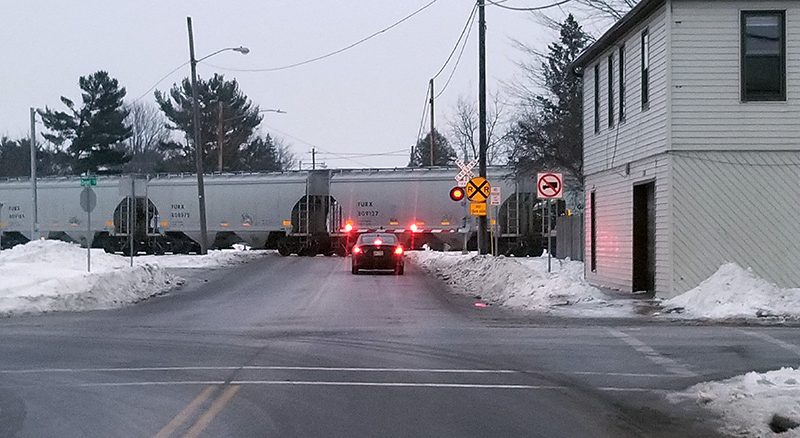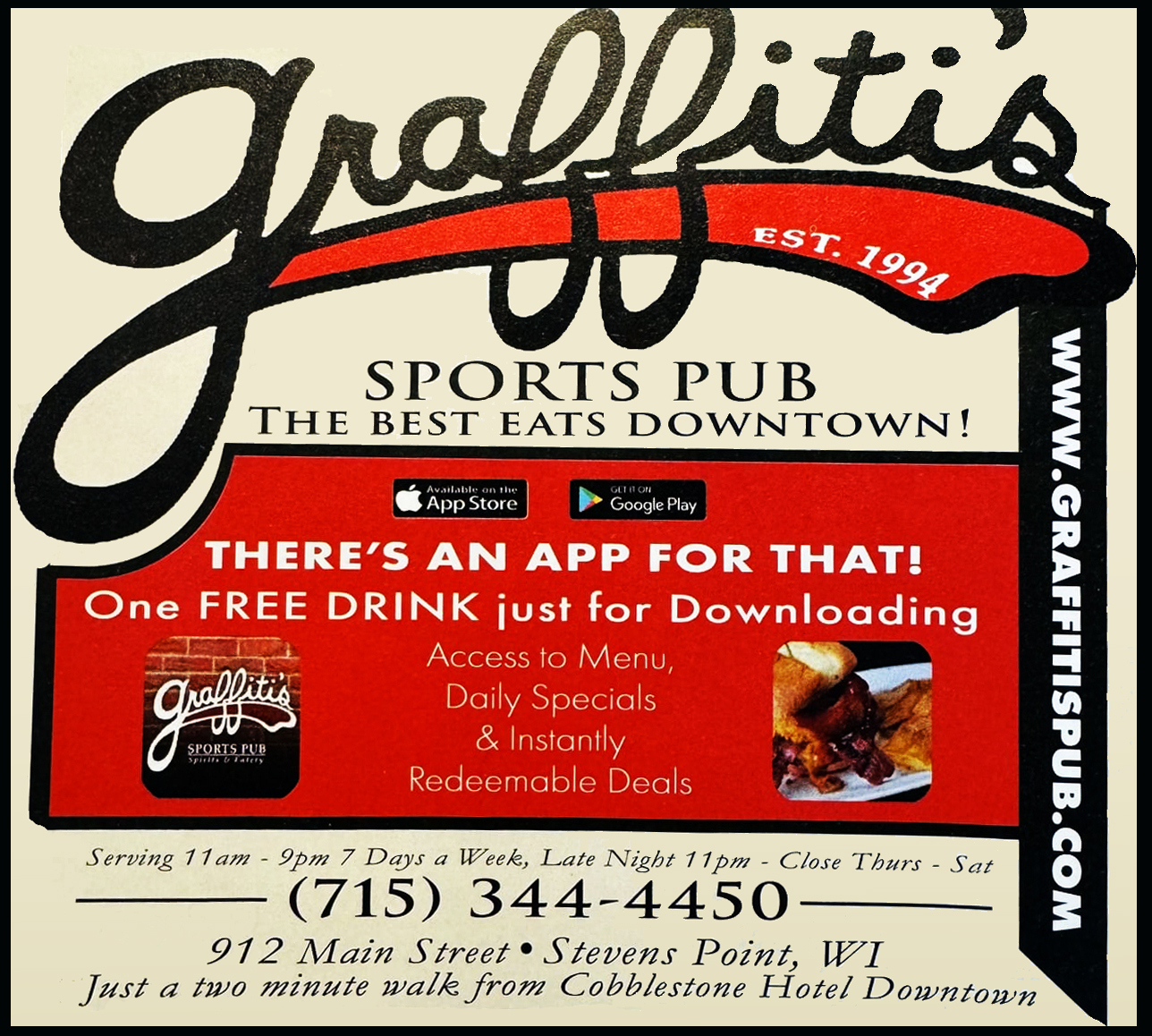Feds want to hear about blocked train crossings
By Patrick Lynn
Stuck at train crossings for an extended period of time? The Federal Railroad Administration wants to hear about it.
The FRA last month launched a new, dedicated webpage for the public and law enforcement to report blocked highway-rail grade crossings.
“Blocked crossings occur when stopped trains impede the flow of motor vehicle or pedestrian traffic at railroad tracks for extended periods of time,” a news release from the agency reads in part. “Communities have long dealt with the issue of blocked crossings, and FRA is now seeking broad public input to better understand the scope of the problem and engage with affected parties to identify potential solutions.”
“Railroads, states, and local jurisdictions are best positioned to address blocked highway-rail grade crossings and I’ve asked them to work together to minimize unwanted impacts,” FRA Administrator Ronald L. Batory said. “FRA expects that collecting this data will help us identify where chronic problems exist and better assess the underlying causes and overall impacts of blocked crossings—locally, regionally and nationwide.”
Blocked crossings pose potential safety risks, Batory said, specifically in locations where trains routinely hinder roadway and pedestrian movement for extended periods. Frustrated drivers may attempt to clear the crossing before a train arrives. Pedestrians may be tempted to crawl between stopped railcars, he added, and blocked crossings make people late for work, school, and appointments, and contribute to roadway congestion.
The new site, www.fra.dot.gov/blockedcrossings, requests specific information from users reporting blocked crossings, including date, time, location, and duration. The agency expects it will take an average of three minutes for users to complete the report.
The FRA plans to use the information to “gain a more complete picture of where, when, and for how long such obstructions occur at the nation’s approximately 130,000 public grade crossings,” and what the local impacts are. At some point, the agency said, it will share the information with stakeholders, using it to help facilitate local solutions to blocked crossing issues.


